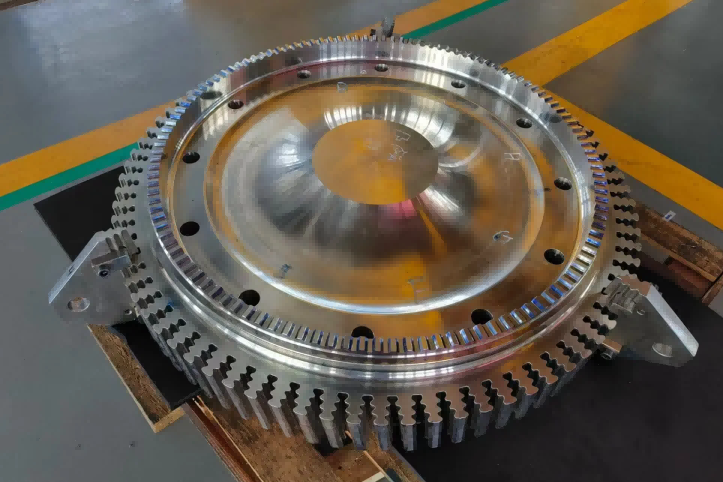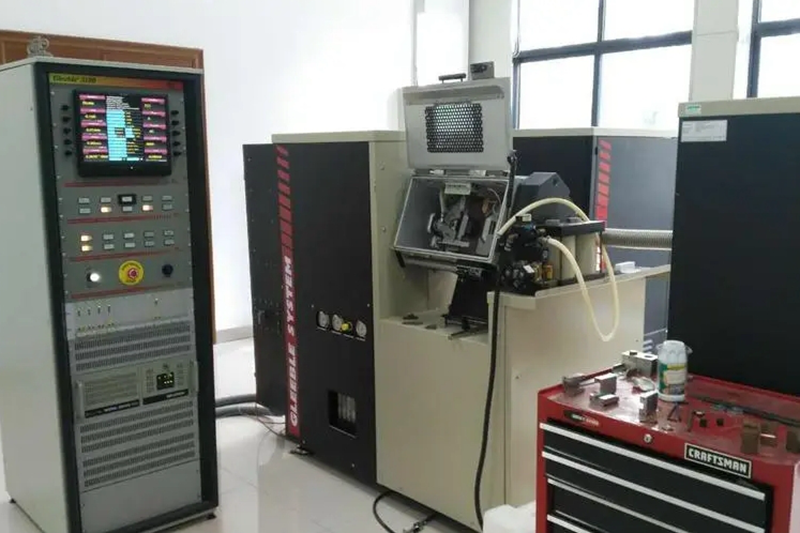Custom Marine Superalloy Parts Factory
Custom High Temperature Alloy Nuclear Parts Manufacturing
Neway offers processes like Vacuum Investment Casting, Single Crystal and Directional Casting, Precision Forging, HIP, Heat Treatment, CNC Machining, and 3D Printing. They manufacture nuclear parts like valves, turbine discs, nozzles, seals, and casings.
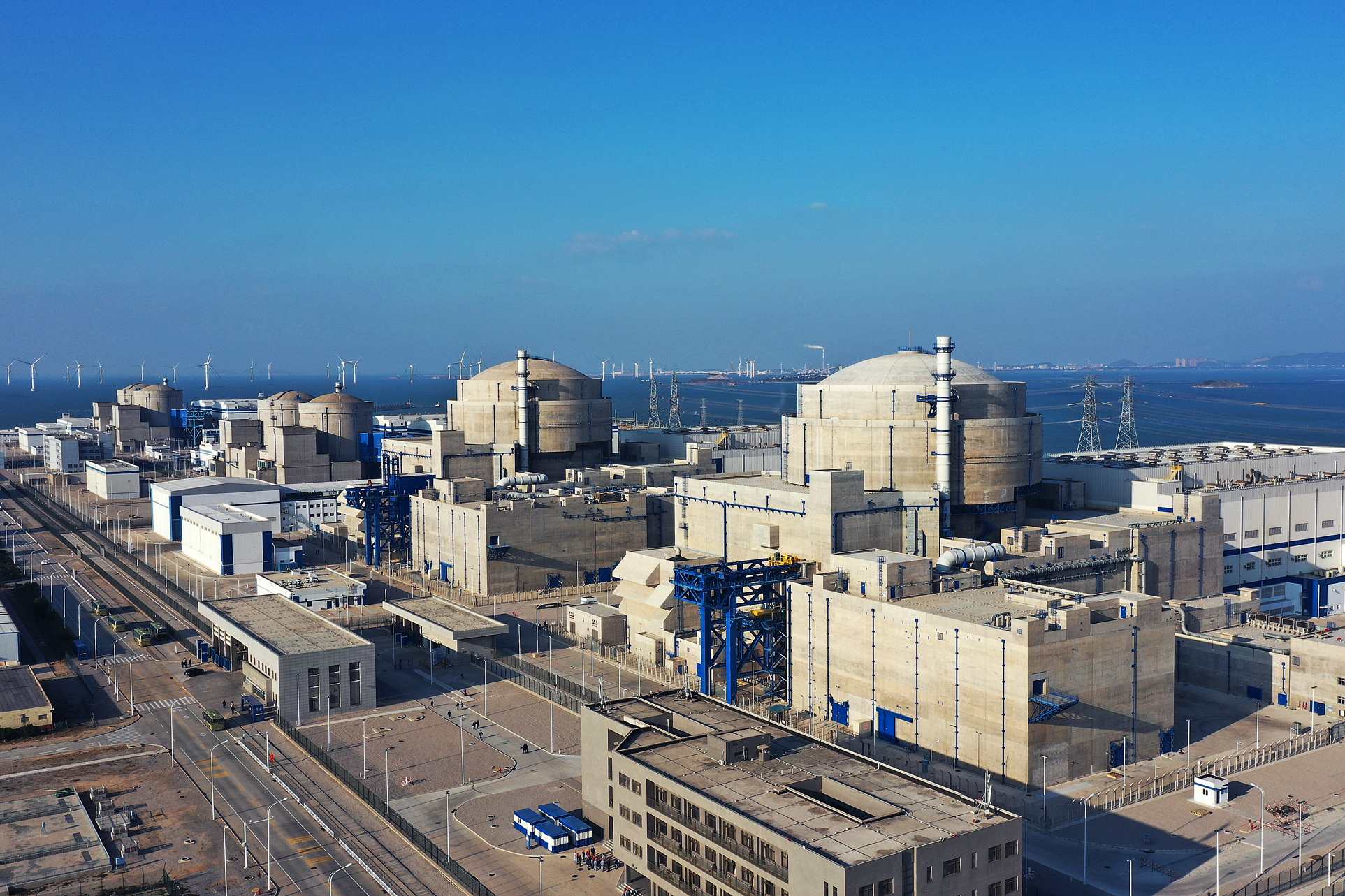
High Temperature Alloy Nuclear Parts Manufacturing Solutions
Neway uses several advanced manufacturing processes for high-temperature alloy nuclear parts, including Vacuum Investment Casting for complex shapes, Precision Forging for strength, and Superalloy CNC Machining for high-precision components. Additional processes include Hot Isostatic Pressing (HIP) for defect elimination, Heat Treatment for enhanced material properties, and 3D Printing for custom or rapid prototyping of nuclear components.
High Temperature Alloy Solutions To Nuclear Industry
The nuclear industry utilizes superalloys such as Inconel, Hastelloy, Monel, Stellite, and Titanium for their superior strength, radiation resistance, and corrosion protection. These materials are used in reactor cores, control rods, steam generators, heat exchangers, and pumps. Their ability to perform under high temperatures and radioactive exposure ensures long-term safety, stability, and efficiency in critical nuclear applications.
Nuclear Parts Post Process and Surface Treatment Solutions
Neway offers post-processing tools like hot isostatic pressing (HIP) for turbine discs and casings to eliminate defects, heat treatment to enhance strength and durability in valves and nozzles, and CNC machining for precision components. Surface treatments like Thermal Barrier Coating (TBC) and corrosion-resistant coatings can be applied to turbine blades, nozzles, and seals for extended lifespan.
High Temperature Alloy Components In Nuclear Industry
Neway has manufactured high-temperature alloy components for the nuclear industry, including turbine blades, valves, nozzles, impellers, seals, and casings. We utilize processes like Vacuum Investment Casting, Precision Forging, Directional and Single Crystal Casting, and CNC Machining. Post-processing includes Heat Treatment, Hot Isostatic Pressing (HIP), Thermal Barrier Coating (TBC), and precision testing to ensure durability and performance.

learn more
Direct Reading Spectrometer

learn more
Tensile Testing Machine Checking

learn more
X-ray Checking

learn more
Thermal Physical Properties Test Platform
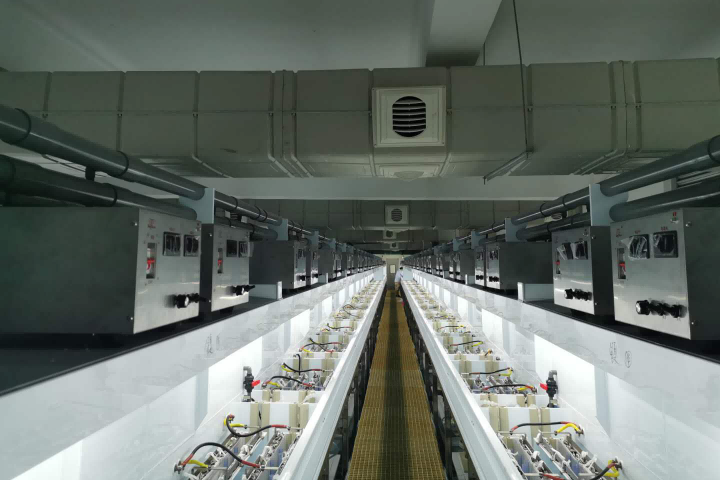
learn more
Corrosion Production Line

learn more
Dynamic and Static Fatigue Tester

learn more
Electron Backscattering Diffractometer (EBSD)

learn more
Inductively Coupled Plasma Optical Emission Spectrometer (ICP-OES)

learn more
3D Scanning Measuring Instrument Checking

learn more
Coordinate Measuring Machine (CMM)

learn more
Glow Discharge Mass Spectrometer (GDMS)
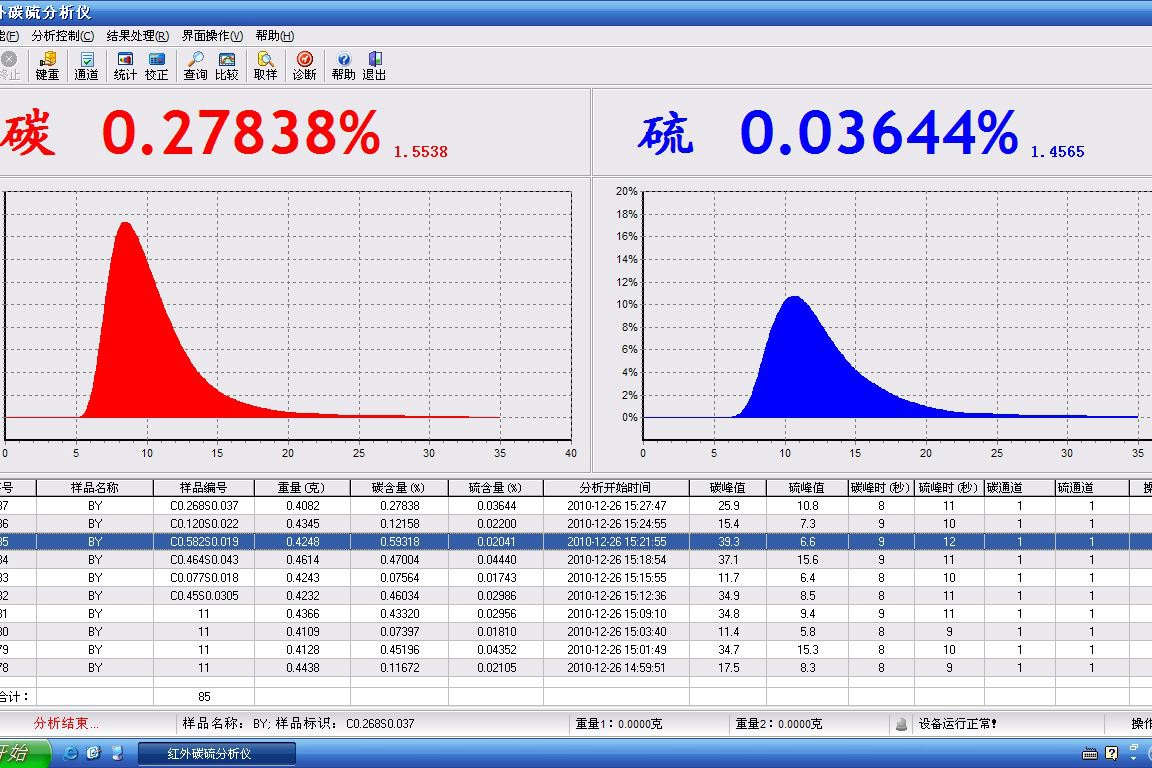
learn more
Carbon Sulfur Analyzer Checking
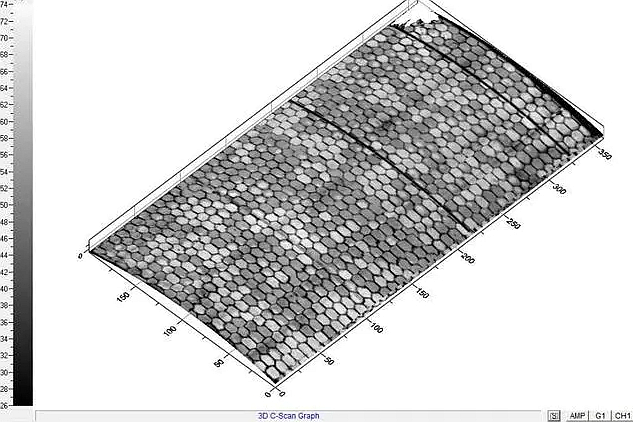
learn more
Water Immersion Ultrasonic Inspection

learn more
Line Array Industrial CT(GE)

learn more
Scanning Electron Microscope (SEM) Checking

learn more
Simultaneous Thermal Analyzer (STA) Checking
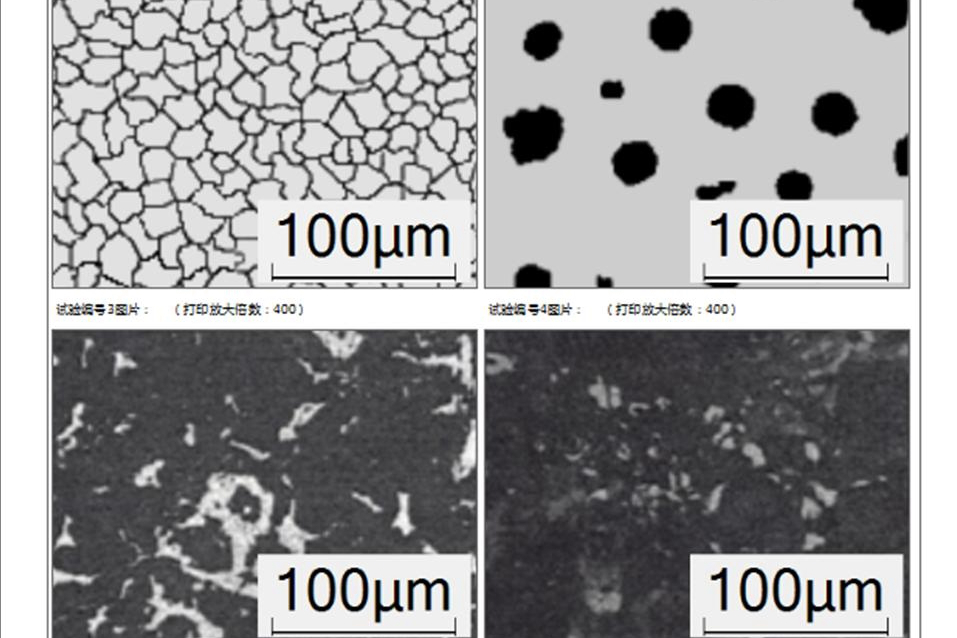
learn more
Metallographic Microscopy Checking
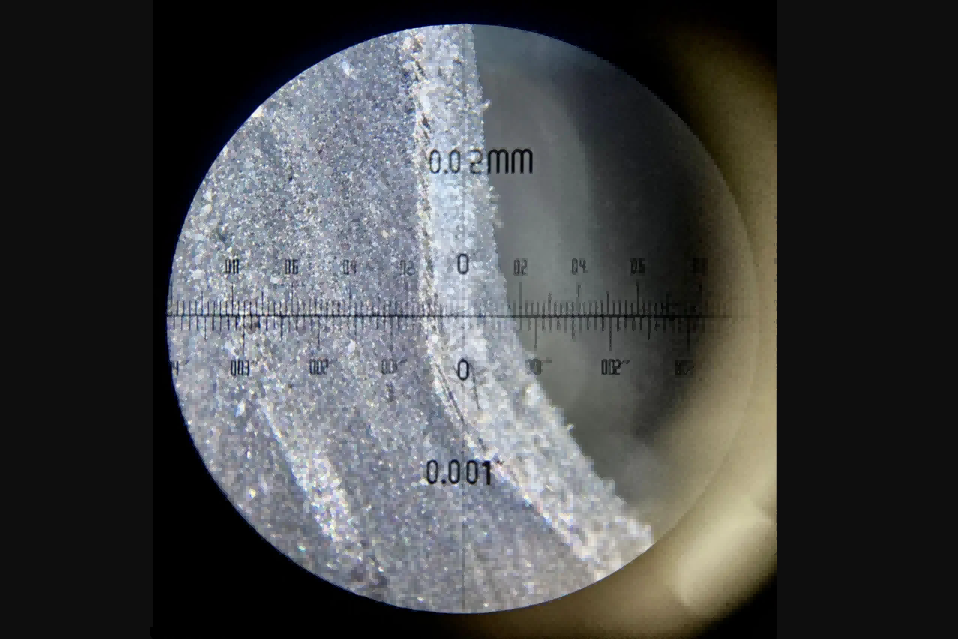
learn more
Stereo Microscope Checking

learn more
New Technology
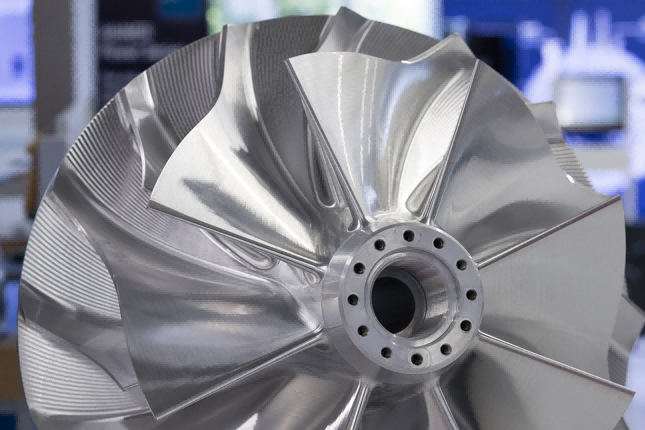
learn more
Products Gallery
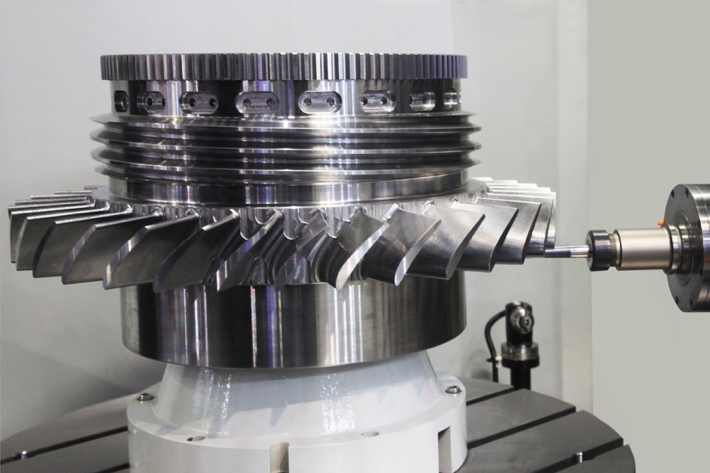
learn more
Various Industries

learn more
Surface Finishings

learn more
Post-Process

learn more
Manufacturing Technology

learn more
R&D and Simulation

learn more
Manufacturing Equipments

learn more
Testing Equipments

learn more
3D Printing Prototyping

learn more
FAQs

learn more
Contact
Let's Start A New Project Today
